An Interview with Paolo Martorano
0March 9, 2019 by Ville Raivio
VR: Your age and occupation?
Products from Pukimo Raivio
Ralph Lauren, Black Label suit, size 52EU
PM: I’m 27 years old, which I think makes me the youngest proprietor of a custom menswear atelier in New York.
VR: Your educational background?
PM: I had the best kind of education imaginable for this business – I got a degree in textile science from New York’s Fashion Institute of Technology, and then spent seven years absorbing everything I could while working with two of the great names in men’s tailored clothing. One was Alan Flusser, a menswear icon with a great custom atelier, and the other was the legendary retail brand Paul Stuart, where I went to work in 2010, and helped build their custom and made to measure business as right hand to Mark Rykken.
VR: Have you any children or spouse (and how do they relate to your tailoring enthusiasm)?
PM: I’m in a relationship with a wonderful woman who also enjoys dressing well, and appreciates that I present myself as an adult, not like a teenager as is so common among men my age. Everywhere we go, people remark on how well put together we are. I think dressing your age projects crediblity and communicates that you are on top of your game, which is especially important for young professionals.
VR: …and your parent’s reactions back in the days when your passion began?
PM: Both my mom and my dad had parents in the tailoring business, so this was probably no big shock to them. My father’s family were tailors going back four generations, and my grandmother on my mom’s side was a professional furrier and dressmaker. My grandfather on that side passed twenty years before I was born, but I’d pore over the photos of him, and he always looked great, with amazing style.
My folks have been incredibly supportive, especially because I’ve chosen a segment of the garment business that creates a kind of sartorial longevity – quality and style rather than fashion.
VR: How did you first become interested in clothing, and when did you turn your eyes towards classic style? Why classics instead of fashion?
PM: Even when I was in grade school, I was that kid who worried about being underdressed. Eemember, back then, everyone my age wore cargo pants and t-shirts every day, so my love for intricate workmanship and elegant fabrics definitely stood out. The scene in the movie “Catch Me if You Can”, where Leonardo Dicaprio’s teenaged character is at a tailor getting a suit custom made – and orders three, that really made an impression on me! By the time I was seventeen, I knew this was my path. My family’s relationship with tailored clothing goes back four generations, so maybe it’s in my DNA.
VR: How have you gathered your knowledge of tailoring — from books, in-house training, workshops or somewhere else?
PM: When I was a kid, I was poking around in a bookstore and saw a book called “Dressing the Man”, written by Alan Flusser, and I felt like he was speaking directly to me. I started researching tailored clothing on the internet, and once I got my first afterschool job, I bought that book with my first paycheck. Ironically, I went to work for Alan as an apprentice after I left school, and every place I worked up to now has given me more technical knowledge and a deeper understanding of what goes into making any man look great.
VR: What other hobbies or passions do you have besides tailoring?
PM: When you own a business, that’s your passion, so it’s not like I have a lot of time for hobbies. I do love to travel and made my first trip to Brazil last year, which was incredible. I used to think about being an airline pilot – one of those jobs where you got to wear a suit every day, I guess.
VR: How would you describe your own dress?
PM: I think there’s this fallacy that most men who embrace bespoke clothing are dandies or peacocks, and I think I’m nothing like that. My personal aesthetic is based on choosing colors and proportions that flatter my complexion and my physique, rather than express a certain trend. When you learn what colors and proportions are correct for you – and a good way to start is with a dark suit, white shirt, solid tie and handkerchief – you know 85% of what it means to be well dressed, and you’re unlikely to go off the rails. Truly well-dressed people demonstrate consistency more than anything else.
VR: Who or what inspires you?
PM: I like realistic, everyday role models more than film stars or athletes or whatever. For me, inspiration comes from men like Philip B. Miller, who ran Marshall Field and Saks Fifth Avenue, or Edmund Moy, former director of the U.S. mint. They are not celebrities, but they are in the public eye, always well dressed and every time I see a photo of them, I’m getting a master class in how to do it right.
VR: Please tell us how your store was born and what goals you had in the beginning. How have you been received so far?
PM: The kind of men who gravitate to this level of precision and excellence in their dress also seem to understand and respect the entrepreneurial spirit – the impulse to create something and then watch it grow. Over the years, my custom clients, many of whom had achieved remarkable success in their own lives, gave me the confidence that, even though I was young, I could offer something of merit to bespoke men’s tailored clothing in New York if I went out on my own.
I opened my studio in the neighborhood where my prospective clients lived and worked, opting for a quality location rather than a bigger space in the wrong neighborhood. My goal in the beginning was to stay afloat long enough to develop relationships with traditional bespoke clients, as well as attract younger men who were new to the experience. When I’d sold my 50th suit, it made me pause, take a deep breath, and think about where the business could actually go. By the 100th suit, I began to understand that the potential was even greater than I imagined. As we begin 2019, I guess I’m both humble and hopeful in equal measure.
VR: What is the house style of Paolo Martorano bespoke?
PM: We really don’t have an immediately identifiable “look”, unlike the Savile Row houses or most other U.S. clothiers. I prefer to use the client as the foundation of our style, because the idea of a bespoke suit is to reflect his preferences and tastes, not mine. I will say that my approach features an absolute commitment to quality fabrics, dedication to construction practices that are deliberately classic by nature, and a passion for finish detail that is missing from too many so-called bespoke garments.
VR: There are several fine tailors in New York — why should my readers try you?
PM: As far as real tailors – places where you can still walk in and meet the maker who will fashion your garment – you can count them on one hand and still have room left. I’m not a tailor, I don’t cut or assemble your garment. I do, however, work directly with my master tailor to best realize the client’s point of view. In fact, Paolo Martorano bespoke is the only place left in the country where a client will experience a “toile” fitting.
That fitting begins with a meticulous measurement process allowing us to create a “soft” — or preliminary — paper pattern, and an initial “draft” garment fashioned from scrap fabric or muslin. After any required adjustments have been made, the paper pattern is updated — becoming a “hard” pattern which will live with the client forever. This is a template of sorts that will permit us to make updates over time as the client’s size or preferences evolve.
Only then is the chosen cloth cut. This is the bespoke or benchmade process practiced in the time-honored way. It’s important to note again that I don’t push a point of view down the customer’s throat. They will be wearing that suit for years to come, so it’s their satisfaction that matters. Naturally, I offer advice and guidance, but we are partners in this experience, so I don’t dictate their choices.
Martorano bespoke as worn by Mr Castiel
VR: Finally, over the years you must have learned quite a bit about fit and proportions and such. Is there a pet peeve of yours you wish more men would know about?
PM: Often, when a client gets interested in bespoke clothing, they want to dive into the most exciting things they can imagine. They get almost intoxicated by it. But that zeal can lead to mistakes, whether it’s the cloth or the style or the proportion – its trial and error. I always shake my head when I see a man wearing a suit that is too tight, and the chest breaks open because the jacket is struggling to unbutton itself. So, fit is of paramount importance to me. I’d tell men to find the scale that fits you first, and then you can express a preference for conserative or more wild style through the use of color, pattern, etc. Personally, I believe the most elegant men wear very simple patterns or solids, with great proportion and scale.
Developing a custom wardrobe is an expensive experiement, but don’t beat yourself up if you make a mistake or two, because those failures are going to teach you what succeeds for you.
Category Interviews, Quality makers, Tradesmen | Tags:

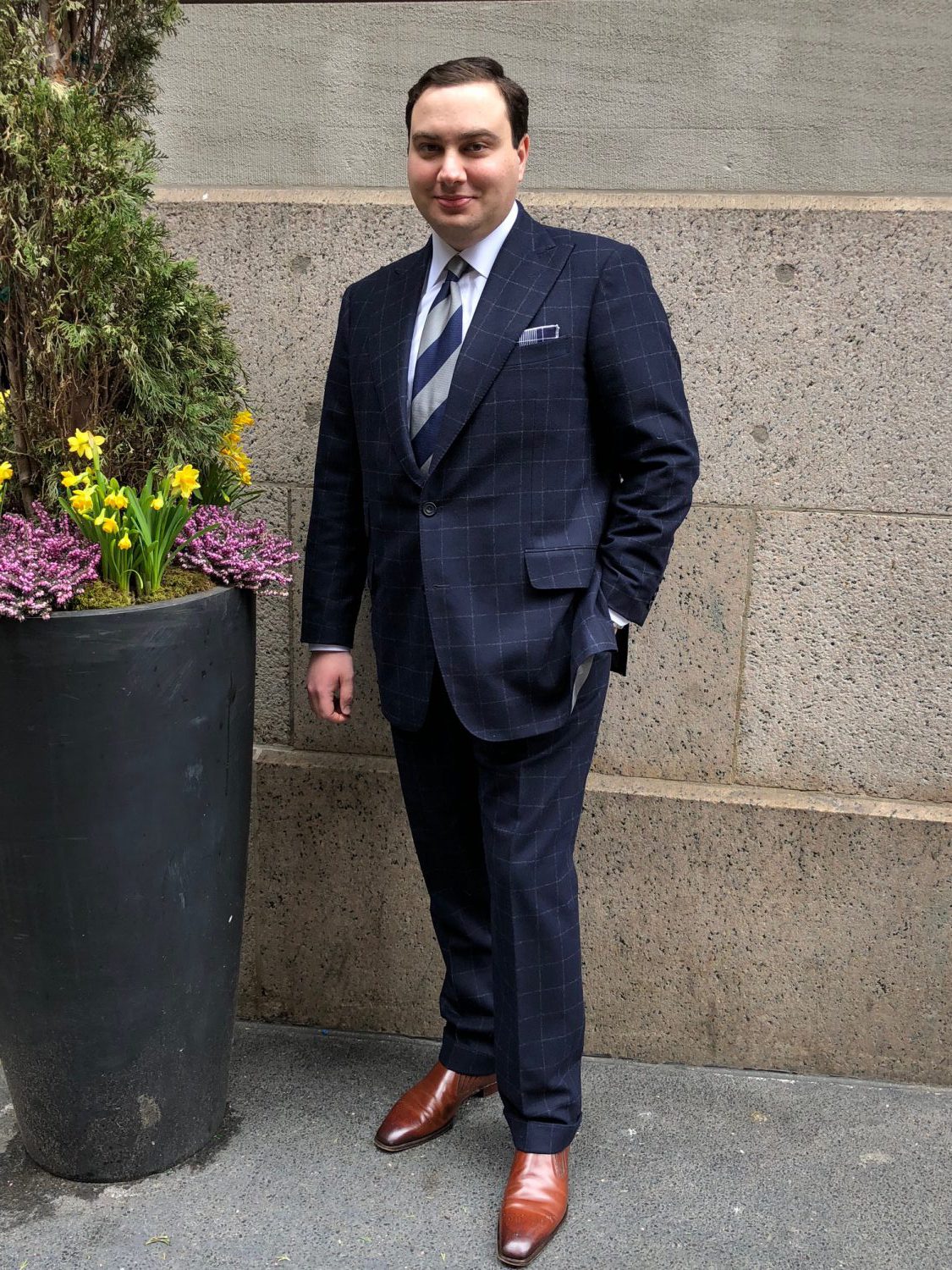

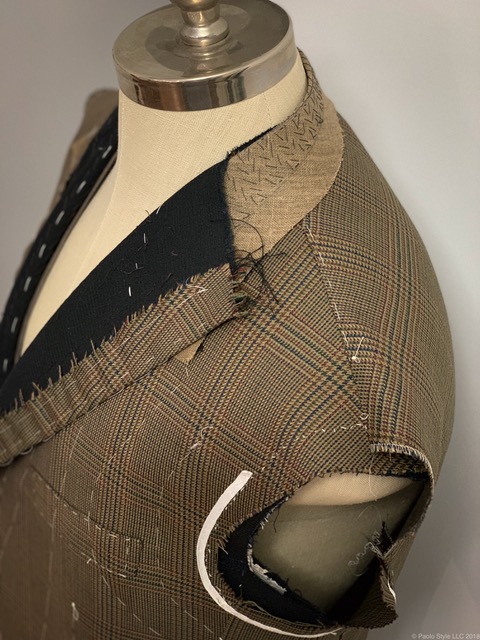
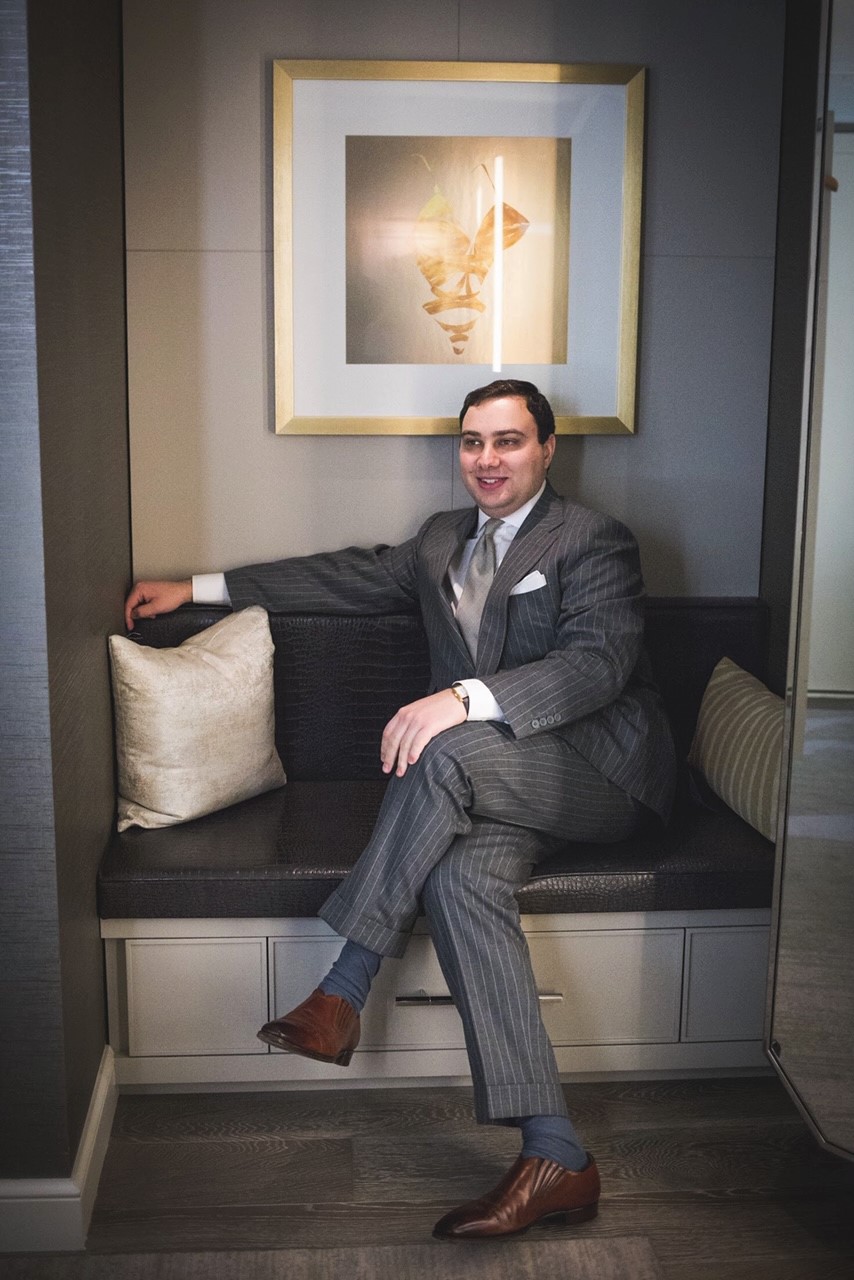

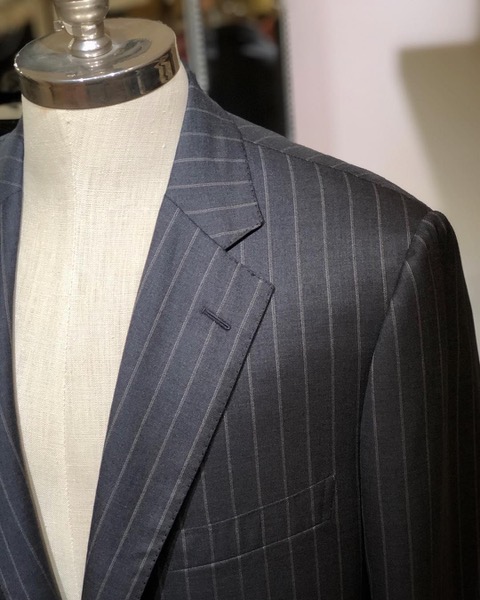
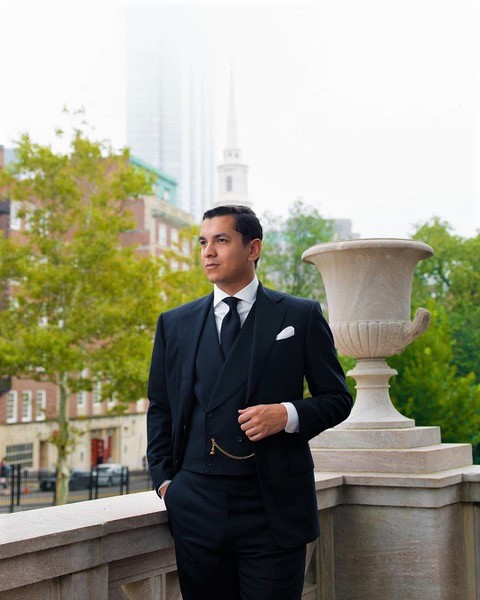


Leave a Reply